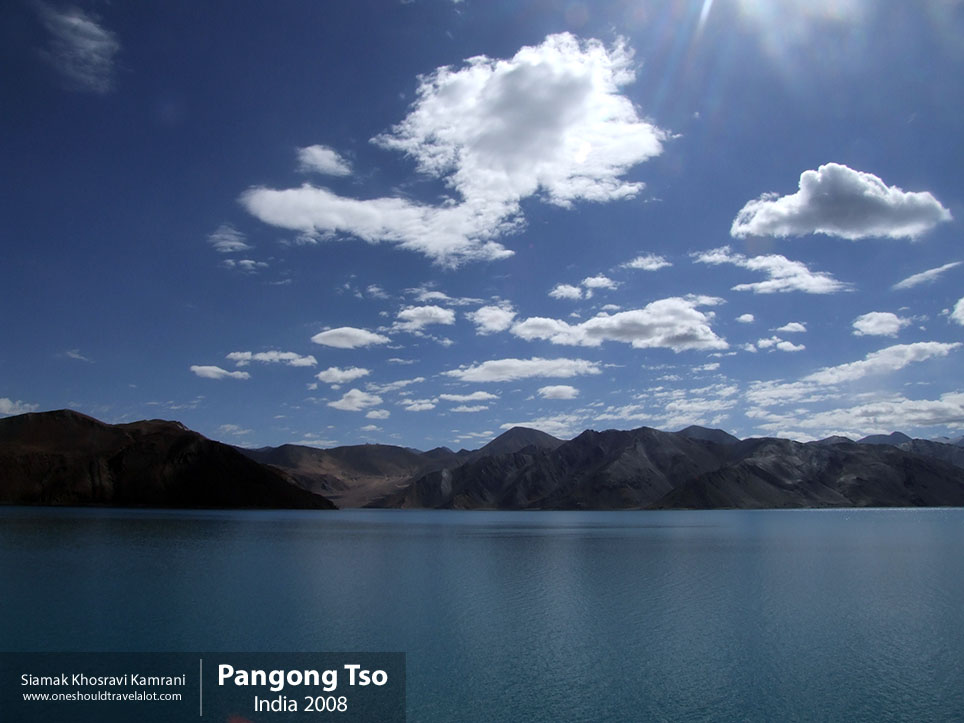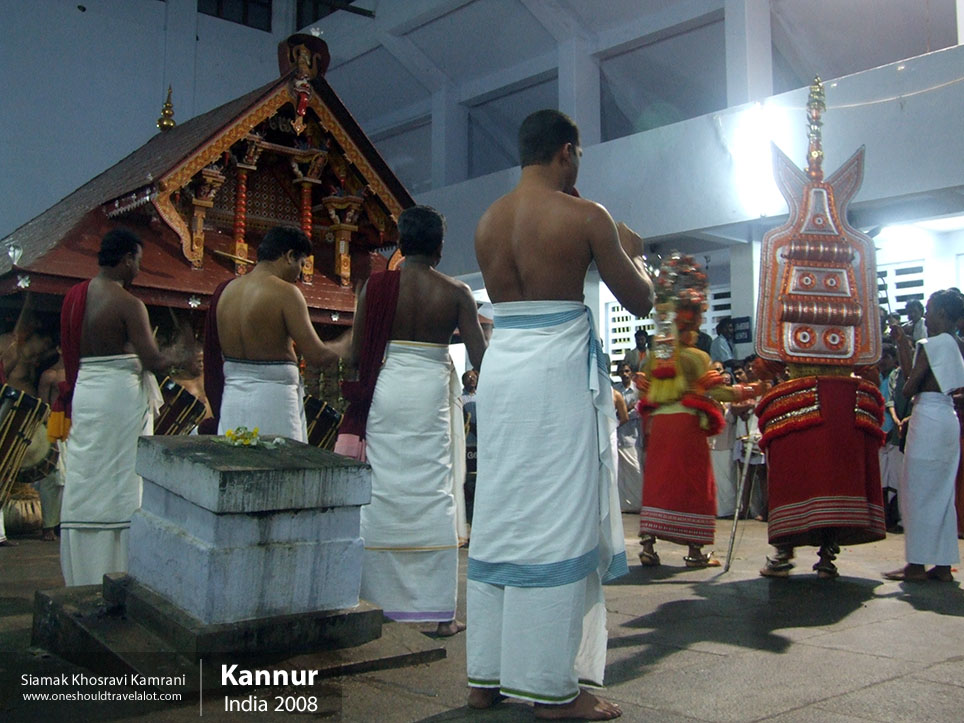Discovering the Enchanting Valleys of Kashmir
A Photographer’s Journey into Paradise on Earth
Stepping off the plane in Srinagar, the summer capital of Jammu and Kashmir, I felt an immediate sense of awe. Often described as “Paradise on Earth,” Kashmir had been a destination I longed to explore. As a photographer, my passion lies in capturing the essence of a place through my lens, and Kashmir promised a canvas of unparalleled beauty and rich cultural tapestry. My adventure began here, in the heart of the Kashmir Valley, nestled between the mighty Himalayas and the Pir Panjal mountain range.
The First Glimpse: Srinagar
The Jewel of Kashmir
Srinagar greeted me with its crisp, cool air and stunning landscape. Known for its pristine lakes, vibrant gardens, and houseboats, the city is a blend of natural beauty and cultural heritage. My first stop was Dal Lake, often referred to as the “Jewel in the crown of Kashmir.” As I boarded a shikara (a traditional wooden boat), the gentle lapping of water against its sides created a soothing symphony. The lake was a kaleidoscope of colors—floating gardens with vivid lotus blooms, wooden houseboats adorned with intricate carvings, and the reflection of snow-capped peaks in the still water.
The Charm of Houseboats and Shikaras
A Floating Heritage
Staying in a houseboat on Dal Lake was an experience unlike any other. These floating homes are remnants of a bygone era, each telling a story through its carved cedar wood and opulent interiors. My houseboat, named “Gulshan Palace,” was a masterpiece of craftsmanship, with Persian rugs, walnut wood furniture, and stained glass windows that cast colorful patterns on the walls. The warmth and hospitality of the host family made me feel at home, and every meal was a feast of Kashmiri delicacies like Rogan Josh, Yakhni, and Kahwa, a traditional green tea infused with saffron and almonds.
Exploring the Mughal Gardens
A Legacy of Beauty
No visit to Srinagar is complete without wandering through its famous Mughal Gardens. Shalimar Bagh, Nishat Bagh, and Chashme Shahi are masterpieces of Mughal horticulture, each garden offering a unique perspective on beauty and tranquility. I spent hours photographing the meticulously manicured lawns, cascading fountains, and terraced flower beds. The gardens were alive with the fragrance of roses, tulips, and lilies, and the sight of locals enjoying picnics added a touch of everyday life to the serene environment.
Venturing into Gulmarg
The Meadow of Flowers
Leaving Srinagar, I headed to Gulmarg, a hill station known for its breathtaking landscapes and adventure sports. The drive itself was a visual treat, with lush meadows, dense forests, and streams glistening in the sunlight. In winter, Gulmarg transforms into a skiing paradise, but in summer, it is a meadow of flowers, with rolling fields covered in a blanket of daisies, buttercups, and forget-me-nots.
A Ride on the Gulmarg Gondola
Touching the Sky
One of the highlights of my trip was the Gulmarg Gondola, the highest cable car ride in Asia. As the gondola ascended, the panoramic views of the surrounding peaks and valleys were simply mesmerizing. At the top, I found myself surrounded by a sea of snow, even in the summer. The air was crisp and fresh, and the silence was broken only by the occasional chirping of birds. I took numerous photos, each frame capturing the sheer magnificence of nature at its best.
The Serenity of Pahalgam
A Haven for Nature Lovers
Next on my itinerary was Pahalgam, a small town nestled at the confluence of the Lidder River and Sheshnag Lake. Known as the “Valley of Shepherds,” Pahalgam is a haven for nature lovers and trekkers. The town’s rustic charm and the simplicity of life here were a stark contrast to the bustling city life. I spent my days exploring the lush meadows, pine forests, and gushing streams. One of my most memorable experiences was a trek to Aru Valley, a picturesque village surrounded by snow-clad mountains and dense forests. The trail was dotted with vibrant wildflowers, and the sound of the river flowing alongside was a constant companion.
The Spiritual Aura of Amarnath
A Journey of Faith
Pahalgam is also the starting point for the famous Amarnath Yatra, a pilgrimage to the holy Amarnath Cave. The cave houses a naturally formed ice lingam, a symbol of Lord Shiva. Although I didn’t embark on the pilgrimage, I met several pilgrims and heard their stories of faith and devotion. Their journey is one of endurance and spirituality, traversing rugged terrain to reach the sacred site. The spiritual aura of the place was palpable, and it added a deeper dimension to my understanding of Kashmir.
The Rich Tapestry of Kashmiri Culture
Language, Ethnicity, and Traditions
Kashmir’s culture is a rich tapestry woven with threads of history, language, and tradition. The majority of Kashmiris speak Kashmiri, an Indo-Aryan language with a poetic lilt. Urdu is also widely spoken, and English is common in urban areas. The people of Kashmir are known for their hospitality and warmth. I was often invited into homes for a cup of Kahwa or a meal, where conversations flowed easily, and I learned about their customs and traditions.
Kashmiri attire is both practical and beautiful. The traditional pheran, a long woolen tunic, is worn by men and women alike. During my stay, I had the opportunity to wear a pheran, which kept me warm in the chilly evenings. The intricate embroidery on the pherans, known as ‘Kashida,’ is a testament to the skilled craftsmanship of local artisans.
The Art of Kashmiri Handicrafts
A Legacy of Craftsmanship
Kashmir is renowned for its handicrafts, and my journey would be incomplete without exploring this aspect of its culture. I visited several workshops where artisans were busy crafting Pashmina shawls, carpets, and papier-mâché items. Each piece was a work of art, reflecting the dedication and skill of the craftsmen. I was particularly fascinated by the process of making Pashmina shawls. The fine wool is hand-spun and woven into delicate shawls, which are then adorned with intricate embroidery. These shawls are a symbol of luxury and are prized worldwide.
FAQs
What is the best time to visit Kashmir?
The best time to visit Kashmir is during the spring (March to early May) and summer (May to August) months when the weather is pleasant, and the landscapes are lush and colorful. For those who enjoy winter sports, December to February is ideal for visiting Gulmarg.
How safe is it to travel to Kashmir?
Kashmir has had periods of unrest in the past, but it is generally safe for tourists. It is always advisable to check the current situation and travel advisories before planning your trip.
What are some must-try Kashmiri dishes?
Some must-try Kashmiri dishes include Rogan Josh (a spicy lamb curry), Yakhni (a yogurt-based mutton curry), Dum Aloo (potatoes cooked in a rich gravy), and the traditional beverage Kahwa (a saffron-infused green tea).
What are some popular souvenirs to buy in Kashmir?
Popular souvenirs from Kashmir include Pashmina shawls, Kashmiri carpets, papier-mâché items, walnut wood carvings, and saffron.
Are there any local customs I should be aware of?
Kashmiris are known for their hospitality. It is customary to remove your shoes before entering someone’s home. Dress modestly and be respectful of local customs and traditions.



